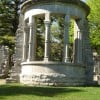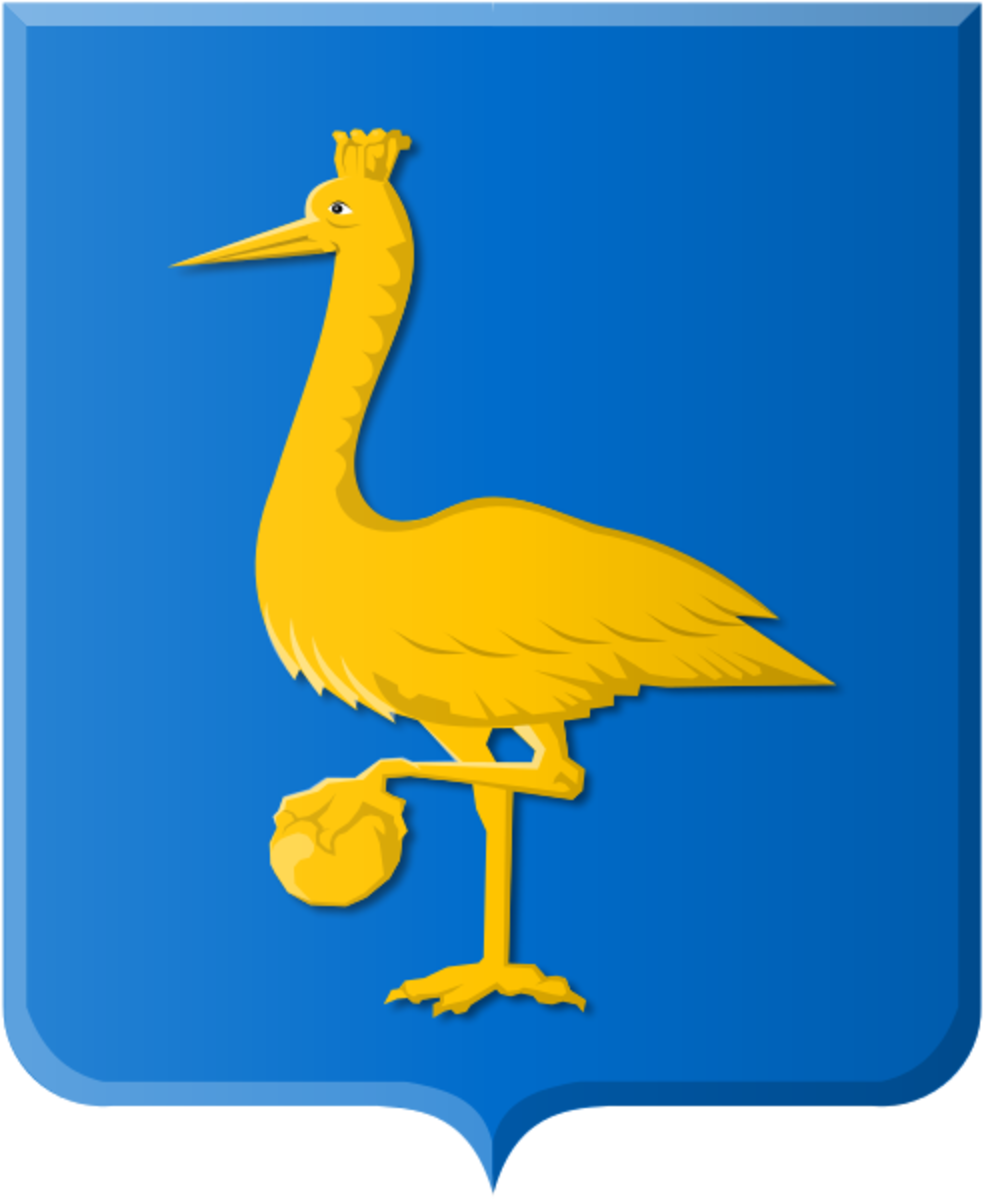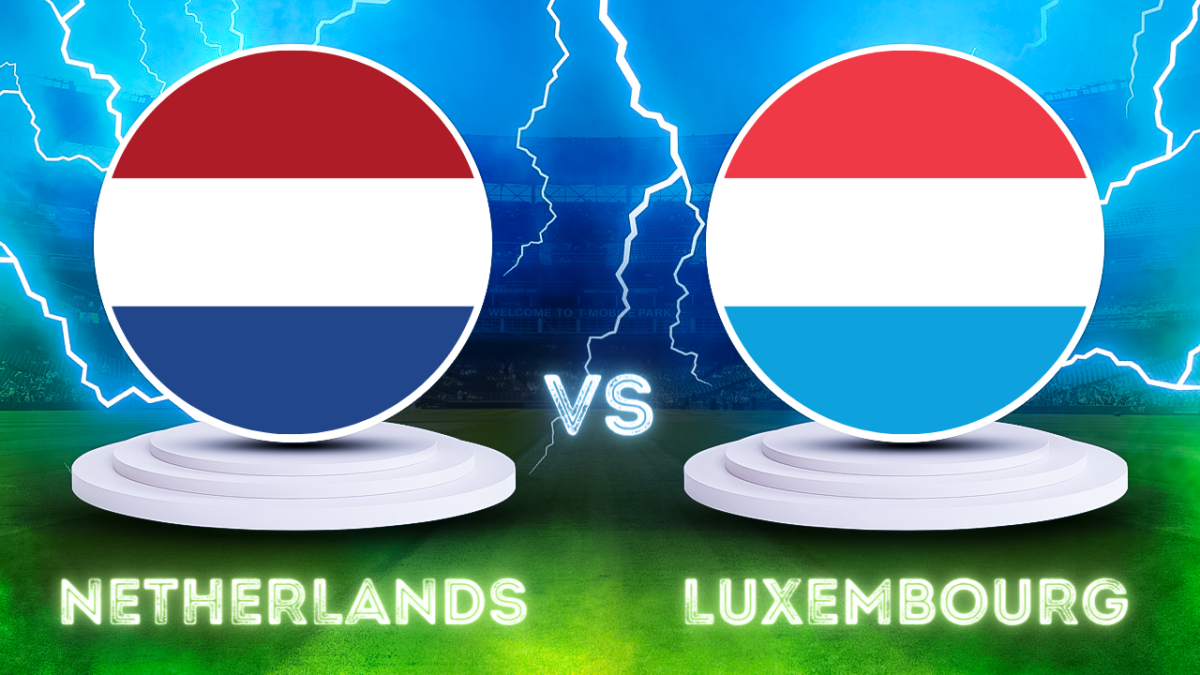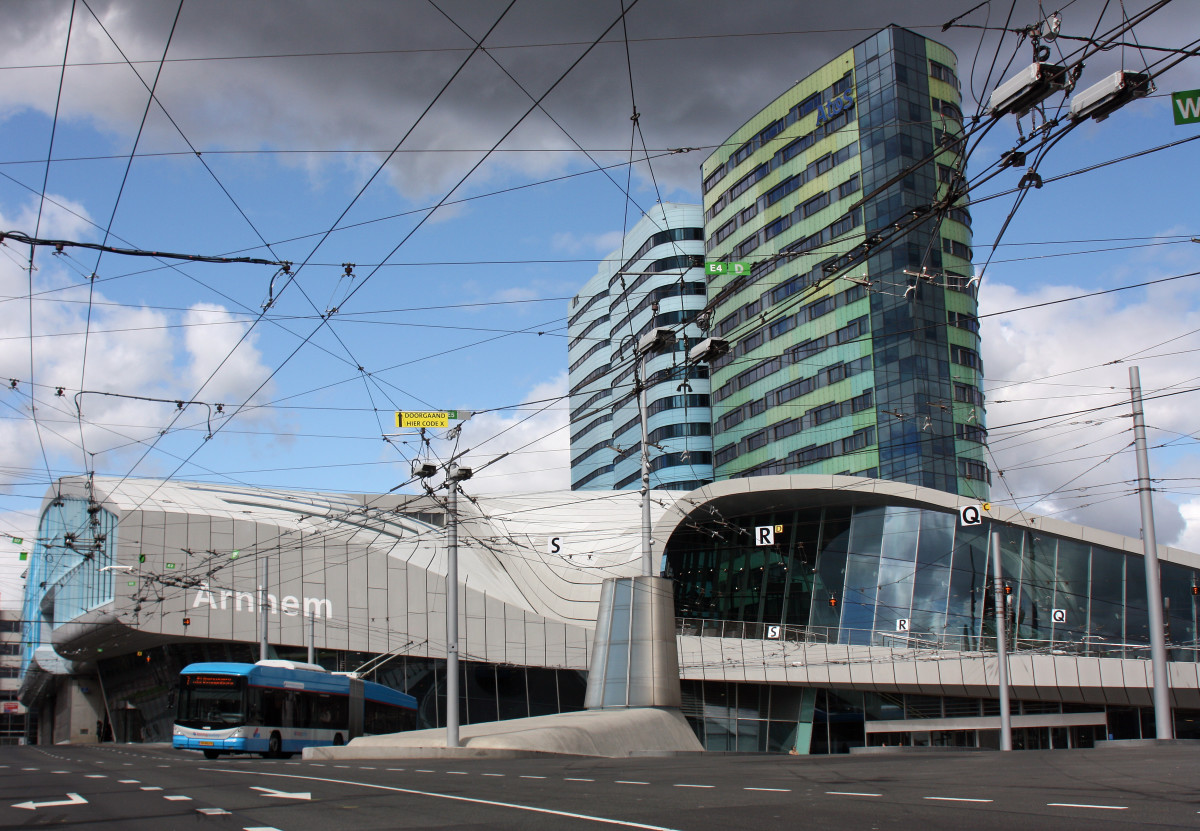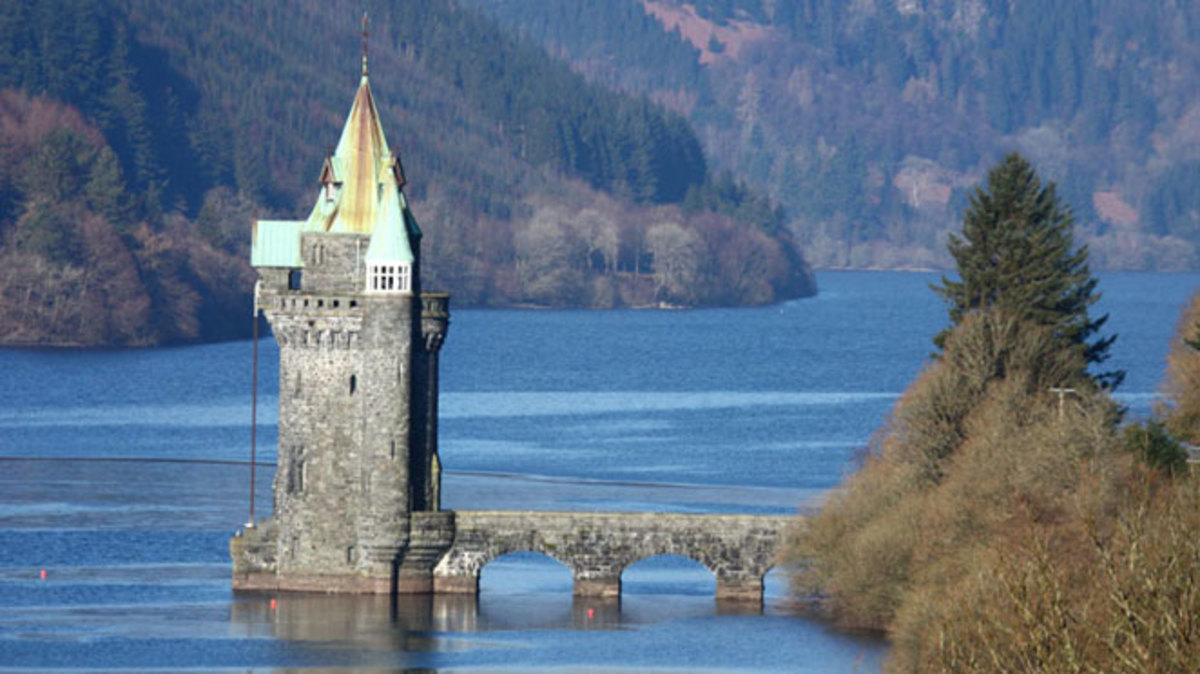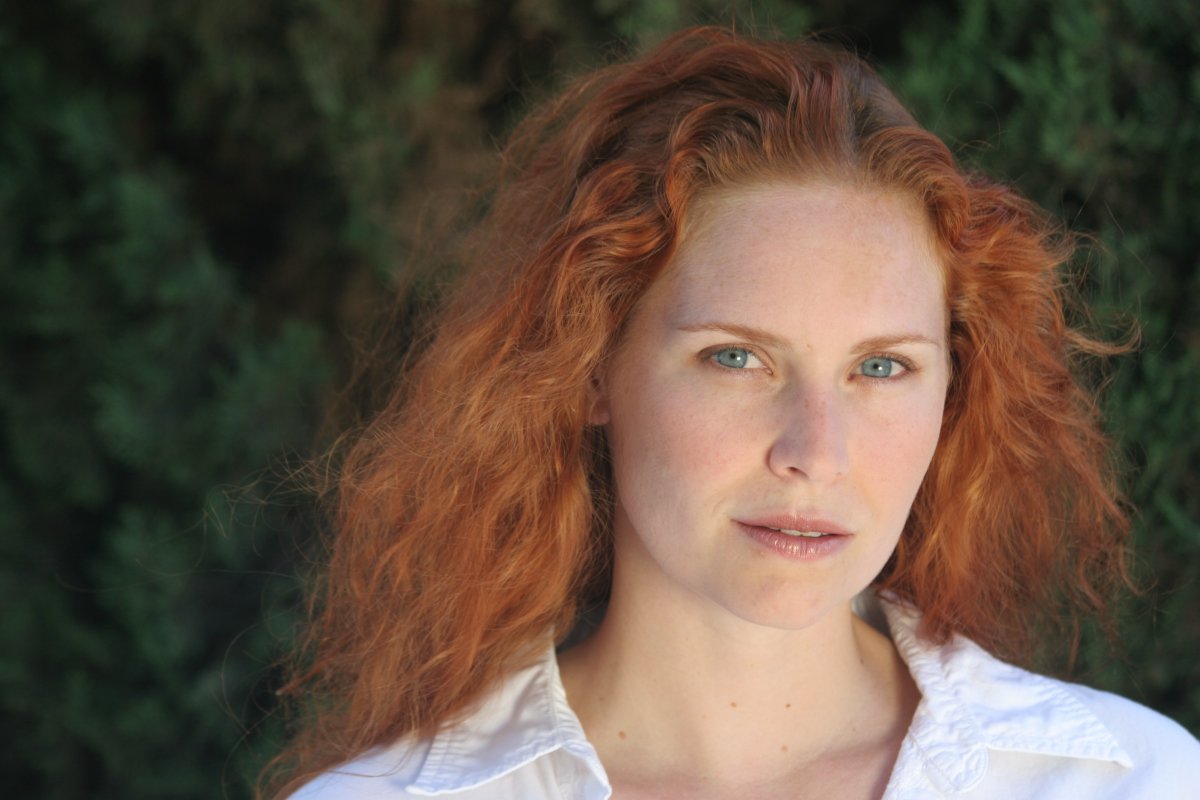Visiting Oud-Vroenhoven, Maastricht, The Netherlands and Vroenhoven, Belgium: formerly one municipality prior to 1839

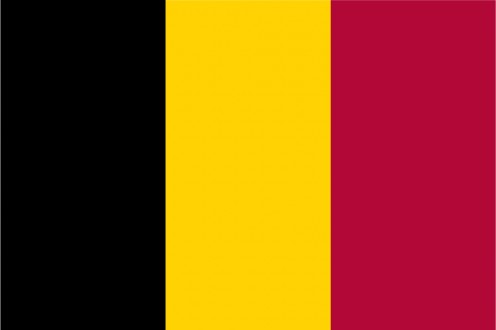
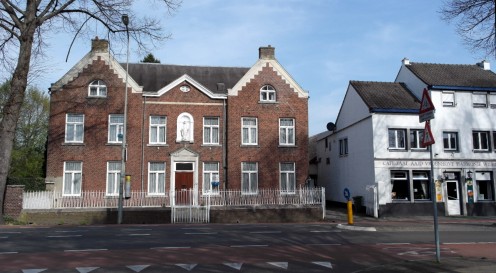

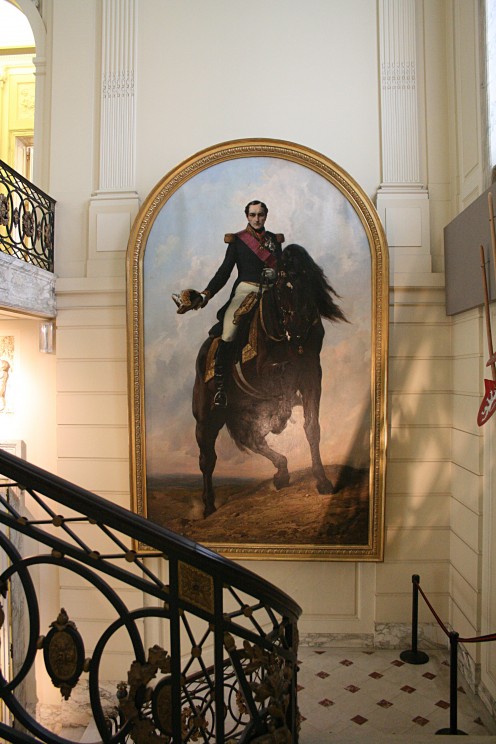
For your visit, this item may be of interest
Historical anomalies and contemporary complications
Vroenhoven, Belgium and what used to be known as Oud-Vroenhoven, now part of Maastricht, The Netherlands, used to be part of the same municipality.
Now they are in different countries. The Dutch-Belgian border passes between them.
So how did this state of affairs come about?
Well, it all began — in a manner of speaking — with the Congress of Vienna of 1815, when the various rulers of Europe, after Napoleon I's defeat at Waterloo, came together to decide how the Continent was to be governed. One of the many agreements made there was that the former Austrian Netherlands (substantially what is now Belgium) would be governed by the Dutch King, and form part of an expanded Kingdom of The Netherlands.
There were tensions involved in this arrangement, and during tumultuous events surrounding the Belgian Revolution of 1830 and the subsequent arrival of King Leopold I of the Belgians in 1831, the Kingdom of Belgium emerged as a new European power in an historic area of Europe.
There was a problem, however.
The King of The Netherlands did not agree with these developments. The Dutch King in question was William I (1772-1843) . Belgian King Leopold I (1790-1865), however — needless to say — was quite content with the arrangement.
Thus, for a number of years, Dutch-Belgian relations were essentially in limbo, with the Belgian government exercising its prerogatives as a sovereign country recognized by most other European powers except The Netherlands, which did not formally acquiesce with the de facto partition of Belgium from The Netherlands.
Eventually, by 1839, King William I of The Netherlands had become more realistic about the permanence of the Belgian Kingdom, and so the Dutch authorities decided to recognize Belgium. So then another practical problem arose: where literally to draw the line between the two kingdoms?
Part of the overall issue involved what to do with Luxembourg, over which the Dutch King ruled, not as King but as Grand Duke; or stated differently, where to draw the line between the largely French-speaking part of Luxembourg, and the largely Létzebuergesch- (and German-) speaking part of Luxembourg, but whose professional classes also spoke French. (A complication to the issue was that Belgium was supposed to be neutral, while Luxembourg City had had a Prussian garrison based there since 1815.)
Another part of the issue was that it was not easy to know how to divide the province of Limburg, in which Maastricht and its agricultural hinterland was situated.
Finally (though more about this later), it was decided to divide Limburg by essentially cutting off Maastricht from its western hinterland.
This involved drawing a line straight through the municipality of Vroenhoven in 1839. Part of it, still known as Vroenhoven, would be in a province still to be known as (Belgian) Limburg, and the other part of it would be Oud-Vroenhoven (translatable as either Old Vroenhoeven or even possibly Former Vroenhoeven), within a province to be known as (Dutch) Limburg, of which Maastricht would be a prominent city.
After World War One, the territory covered by Oud-Vroenhoeven and one district of it, called Wolder. became the name increasingly used.
Right up to the present day, the Dutch monarch is known also as the Duke of Limburg.
Even today, Vroenhoven and Wolder — divided by the Dutch-Belgian border — are situated along a road which lies on a straight line between Maastricht and the Belgian city of Tongeren. I have supplied photos of this road along which I travelled; these photos show the N278 in Wolder, Maastricht and the N79 in Vroenhoven, where the Belgian border signage is clearly visible, as one approaches the entry into the Flemish region (Dutch: Vlaams gewest).
On the Belgian side in Vroenhoven, a major landmark is the Albert Canal (Dutch: Albertkanaal), built 1930-39. Also in Vroenhoven is the neo-Romanesque Sint-Petrus en Pauluskerk, completed in 1937, by architect J. Deré. Today, Vroenhoven forms part of the municipality of Riemst.
In Wolder, Maastricht, on the Dutch side of the border, a local landmark is the massive church building also known — like the one in Vroenhoven, Belgium — as Sint-Petrus en Pauluskerk; this structure, however, is in neo-Gothic style, and was designed by Louis A. J. Keuller, and completed in 1897.
The story of Dutch-Belgian partition has a sequel. Having (more or less) agreed to partition in 1839, King William I of The Netherlands seemed then to change his mind; a Protestant widower, he wanted to marry a Belgian Roman Catholic lady, Henrietta d'Oultremont (1792-1864) and, given his unhappiness with a whole series of matters relating to partition and the demands of Dutch politicians, he abdicated in 1840, and married the following year (1), being succeeded by his son William II of The Netherlands (1792-1849), whose mother was Wilhelmine of Prussia, Queen of The Netherlands (1774-1837).
There is another sequel also; but it relates to Belgium internally. Even today, some Belgians seem undecided about where exactly the boundaries of the Belgian (as opposed to Dutch) province of Limburg should end. An area known in Dutch as the Voerstreek, and as les Fourons in French, physically separated from the remainder of Belgian Limburg province, and immediately south of Dutch Limburg province, has regularly become a flashpoint where events are widely evoked. This area has been a source of tension between communities and Belgian governments have even fallen on account of the issue.
It would seem that issues relating defining boundaries in Limburg, which many people thought had been entirely settled in 1839, have proved to be more fluid, at least, in the minds of some Belgians.
March 11, 2016
Note
(1) The Belgian monarch with whom eventually William 1 of The Netherlands, albeit weakly, agreed to Dutch-Belgian partition, King Leopold I, also experienced similar issues: as a Saxe-Coburg, Leopold was a Lutheran, in a mainly Roman Catholic country. He married three times, twice before his ascent to the Belgian throne and thirdly to Louise of Orléans, daughter of King Louis-Philippe of France; also, his companion Baroness von Eppinghoven and his sons by her held Saxe-Coburg titles granted by another nephew, Ernest II, the Protestant reigning Duke of Saxe-Coburg and Gotha. Like William I of The Netherlands, also, Leopold I of the Belgians was on record as chafing against the limited constitutional powers granted to him.
Some sourcing: Wikipedia.
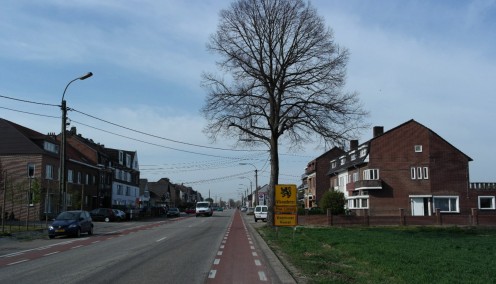
Also worth seeing
In Maastricht, The Netherlands, itself, visitor attractions include; two churches. the Sint-Janskerk and the Sint-Servaas Basilica, built next to one another; the fort of Sint-Pieter; the 13th century Helpoort, a gate forming part of the former Medieval city wall.
Tongeren, Belgium (distance: approx. 15 kilometres), a statue of Ambiorix, a local Belgic tribal leader in Roman times, dating from 1866, is situated close to the city's ancient Basilica; part of the 14th century Béguinage (Dutch: Begijnhof) has survived, as has some of the Roman wall, dating from the 2nd century and some Medieval towers
...
How to get there: Airlines flying to Amsterdam Airport from New York include Delta Airlines and KLM. The Dutch railroad company NS (Nederlandse Spoorwegen) maintains rail services from Amsterdam to Maastricht. Alternatively, Brussels Airlines flies from New York (JFK) to Brussels Airport, where car hire is available (distance from Brussels Airport to Vroenhoven : 95.5 kilometres). Some facilities may be withdrawn, without notice. Please check with the airline or your travel agent for up to date information. You are advised refer to appropriate consular sources for any special border crossing arrangements which may apply to citizens of certain nationalities.
MJFenn is an independent travel writer based in Ontario, Canada.
Other of my hubpages may also be of interest
- Visiting the 13th century former City Gate, Maastricht, The Netherlands: a remnant of a Medieval wal
This massive gate dates from 1229. It has seen its former, defensive purpose mutate to that of a photo backdrop to many a bridal silhouette. - Visiting Maastricht, The Netherlands: a tale of the towers of two churches
Protestant and a Roman Catholic church buildings stand side by side in Downtown Maastricht, in the Dutch province of Limburg, representing developments during stages of the city's history. - Visiting Tongeren, Belgium, and its ancient Basilica: complete with Swiss guards
Flag of Belgium FlagPictures.org Tongeren, 13th - 14th century Basilica 'User:Ad Meskens', GNU / Creative Commons A-SA 3.0, © Ad Meskens / Wikimedia Commons This colossal, towered Basilica (Dutch: Basiliek) in Tongeren, Limburg, in Belgium's - Visiting Sint-Truiden, Belgium: the town with memorable twin towers
Flag of Belgium FlagPictures.org Sint Truiden belfry, Limburg province, Belgium 'User:EmDee', GNU / Creative Commons A-SA 3.0, wikipedia.org The twin towers of Sint-Truiden, Belgium, are on separate buildings: the belfry of the Town Hall (Dutch:... - Visiting Sterpenich, Belgium: with good, agricultural land cut off from the Gutland
Using words about places can become complicated when you approach the borders of the Grand Duchy of Luxembourg
